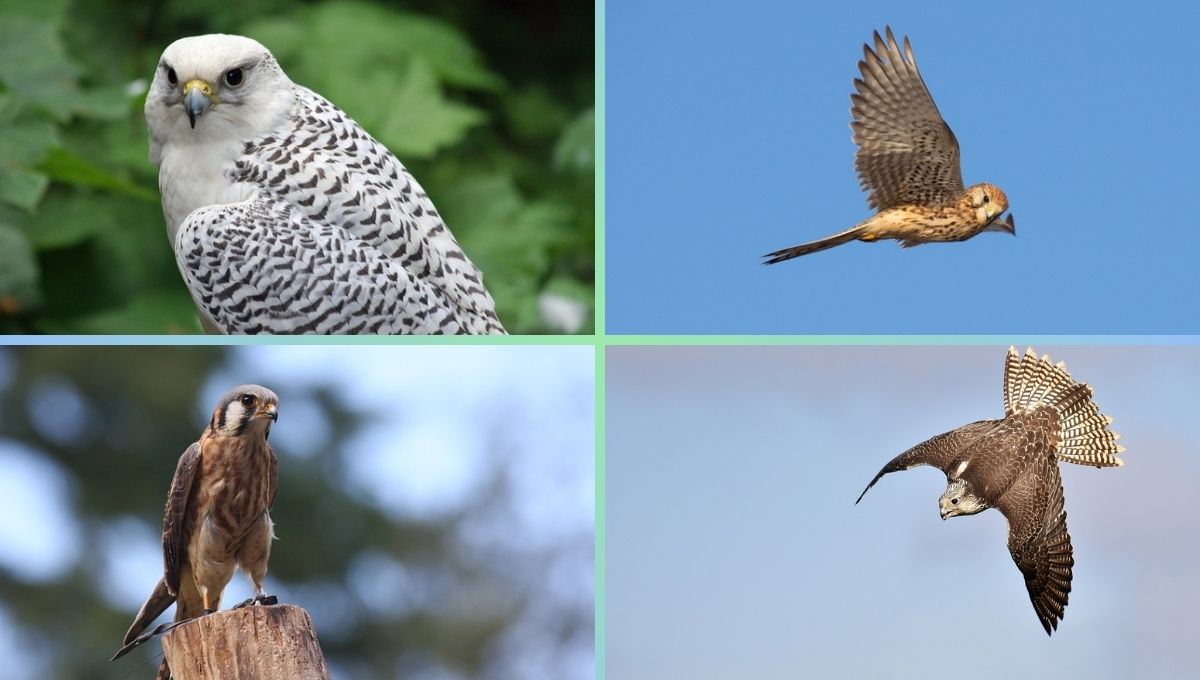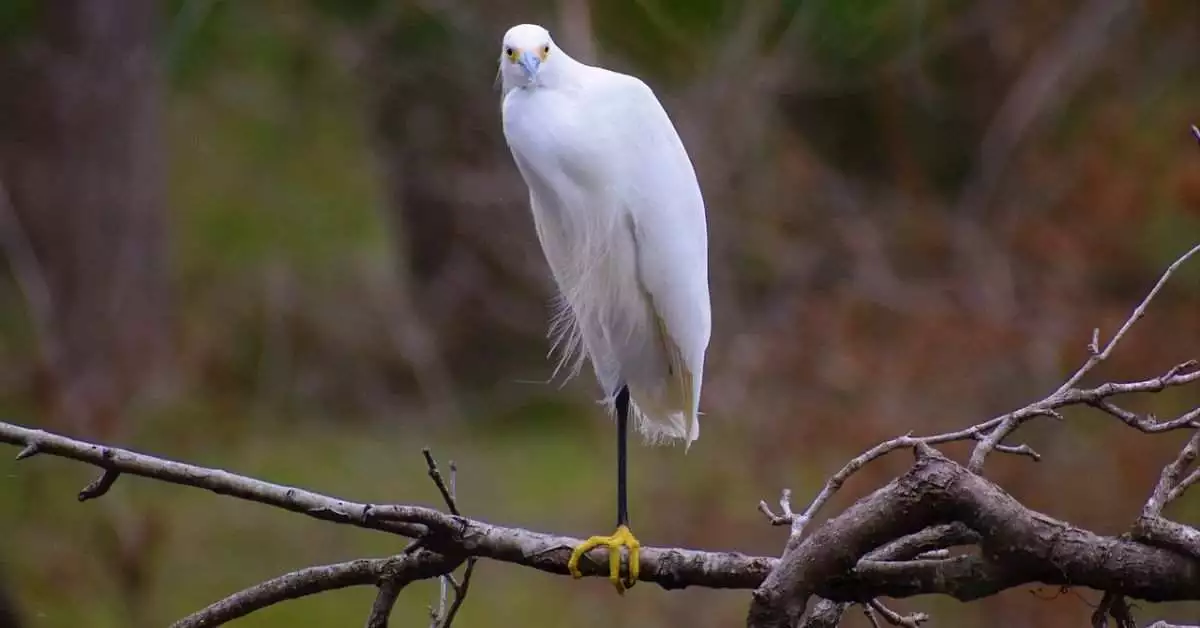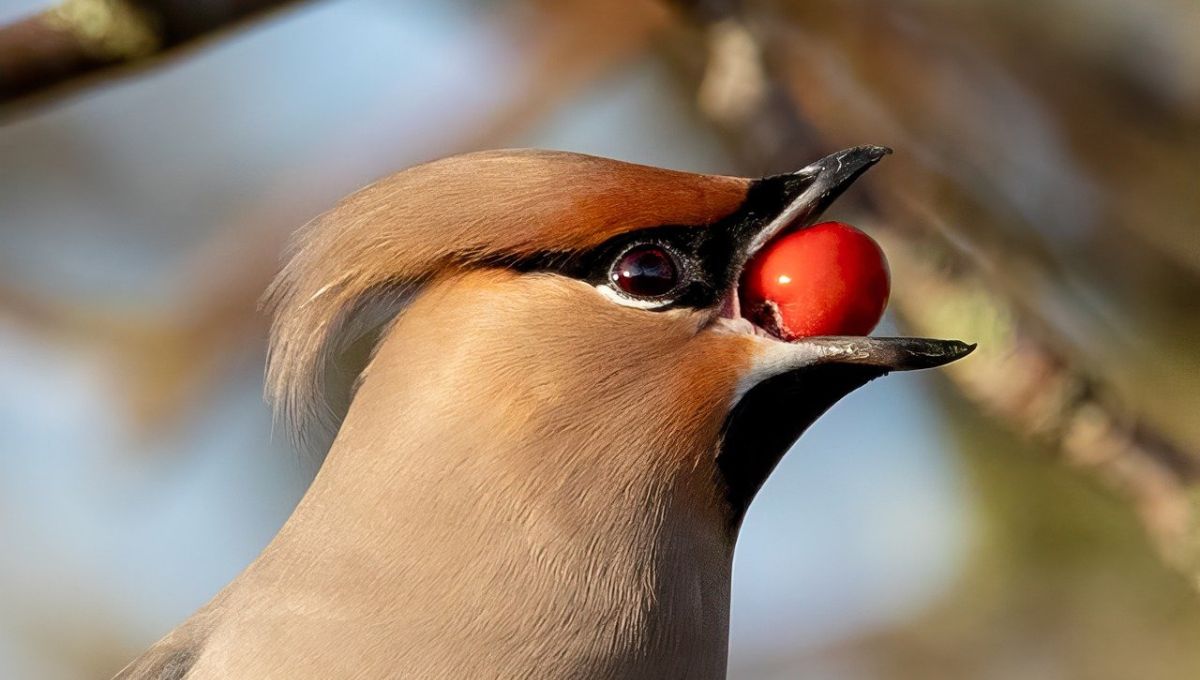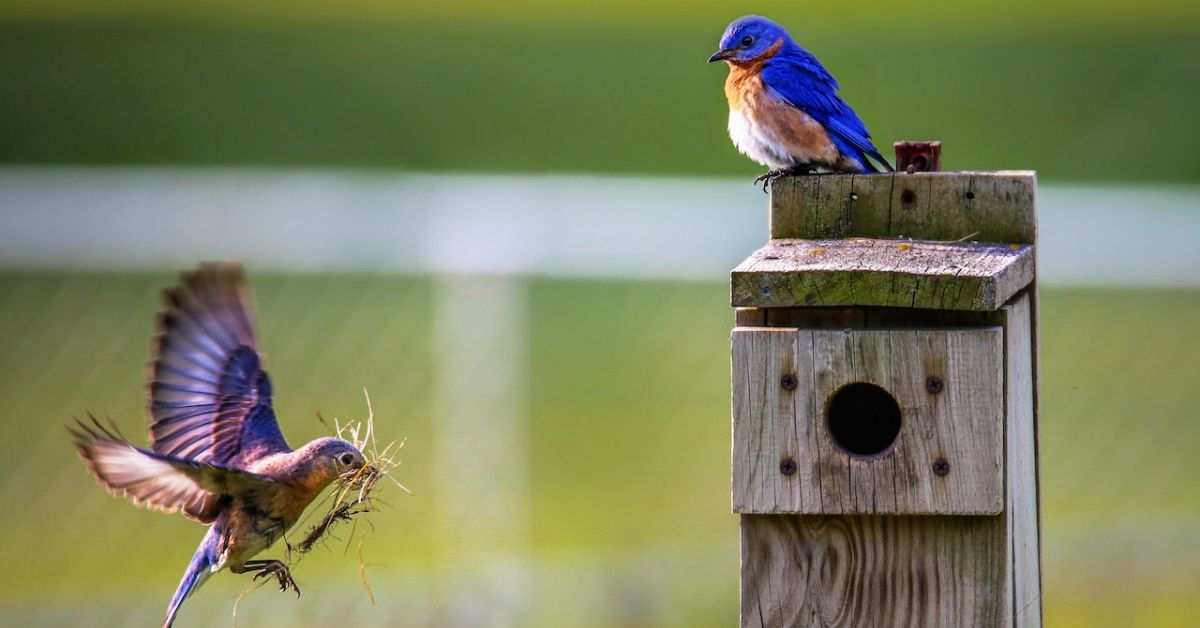The Amur leopard is the most endangered big cat in the world. With only an estimated 100-110 individuals left in the wild, this beautiful and unique animal is at risk of extinction.
In this blog post, we will learn more about the Amur leopard, the threats it faces, and what we can do to help.
Physical Appearance
The Amur leopard has a medium-sized and muscular body. Its fur is thick and changes with the seasons, becoming longer and paler in winter.
The fur is marked with dark spots and thick black borders, creating a beautiful rosette pattern on a pale gold background.
The leopard also has long legs and a lengthy tail, which help it stay balanced and agile. Thanks to its thick fur, the Amur leopard is well-equipped to handle the cold climate of its habitat.
Related: How Many Amur Leopards Are Left in 2023?
Habitat
The Amur leopard lives in the forests of Russia and China. These forests have different kinds of trees, mountains, rivers, and valleys.
The leopard hides in the forests to hunt and stay safe. It can live in different places like forests and grasslands.
The Amur leopard eats animals like deer, wild boar, and small creatures. It drinks water from rivers and streams and sometimes catches fish.
But the leopard’s home is in danger. People cut down trees, break up the land, and hunt the leopards. People are working to protect the forests and help the leopards survive.
It’s essential to keep the leopard’s home safe so they can stay healthy and live for a long time.
Diet and Behaviour
The Amur leopard prefers to live and hunt alone, marking its territory with scent and scratch marks. It is active at night and is skilled at climbing trees.
As a carnivore, it eats meat, primarily medium-sized animals like deer and wild boar, as well as smaller prey such as hares and rodents.
It uses its speed and stealth to ambush and quickly kill its target using its powerful jaws and sharp teeth.
Threats
The Amur leopard is in critical danger of extinction. There are less than 100 Amur leopards left in the wild. The main threats to their survival are habitat loss and fragmentation.
Illegal wildlife trade for their fur and body parts is also a significant problem. Human-wildlife conflicts and climate change further endanger them.
Conservation efforts focus on protecting their habitat and fighting poaching.
Collaborative international efforts aim to raise awareness and strengthen conservation measures.
It is crucial to take action now to save the Amur leopard from disappearing forever.
Conservation Organizations:
Several organizations are actively involved in the conservation of the Amur leopard, such as the Amur Leopard and Tiger Alliance (ALTA), the World Wildlife Fund (WWF), and local governmental and non-governmental organizations in Russia and China.
Efforts to Save the Amur Leopard:
- Conservation organizations are working to protect the leopard’s habitat, establish wildlife corridors, and mitigate human-wildlife conflicts.
- Anti-poaching measures, such as increased patrols and law enforcement, are being implemented to combat illegal hunting.
- Breeding programs in captivity are helping to increase the population and genetic diversity of the Amur leopard.
FAQ (Frequently Asked Questions):
How many Amur leopards are left in 2023?
As of June 2023, there are an estimated 100-110 Amur leopards left in the wild. This is a slight increase from the population estimate of 90-100 in 2022.
How many Amur leopards are left today?
As of February 2023, there are an estimated 106 Amur leopards left in the wild. This critically endangered species is the rarest big cat in the world.
How many Amur leopards are left in India?
There are no Amur leopards left in India. The Amur leopard is a critically endangered species native to the Russian Far East.
Do Amur leopards live in India?
None. Amur leopards are native to the Russian Far East and China. There are no Amur leopards in India.
Conclusion
In conclusion, the Amur leopard is a beautiful and endangered species. We must work together to save them from disappearing forever. By supporting conservation efforts and spreading awareness, we can give these magnificent creatures a chance to thrive. Let’s protect the Amur leopard and ensure a brighter future for all living beings on our planet.
Source: Wikipedia, WWF, WWF UK






